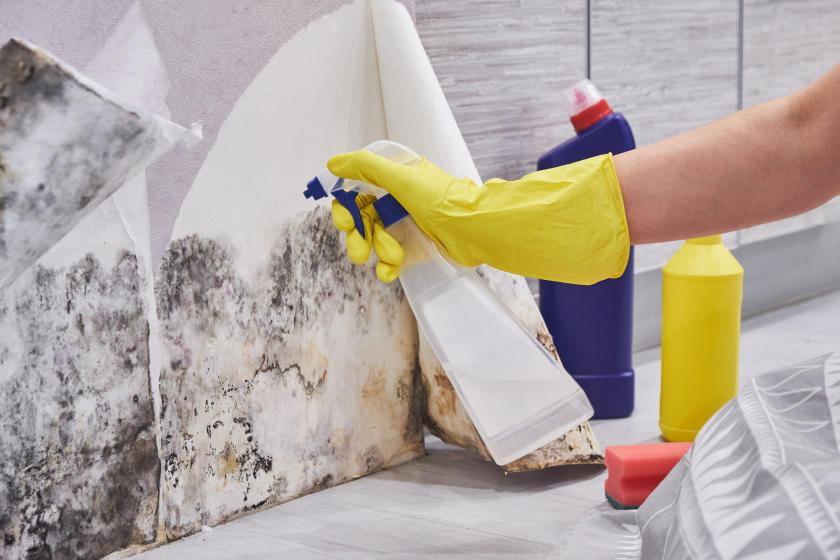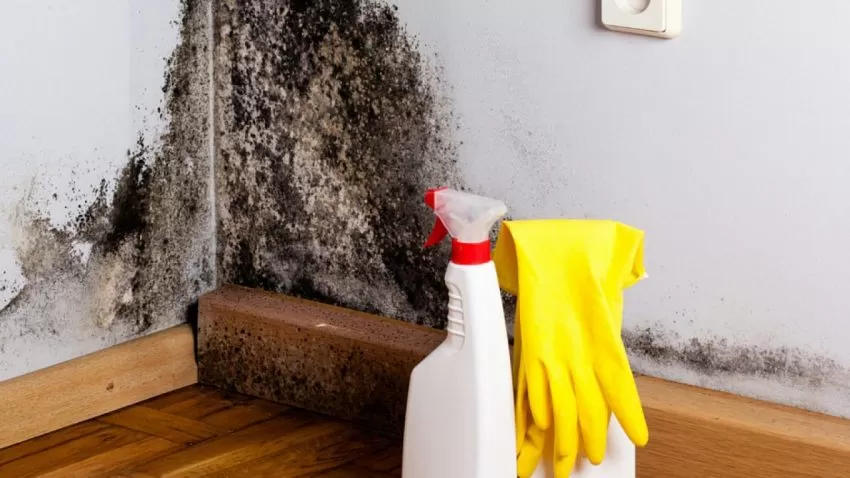Not all types of mold are bad for people. There are two main types of mold – toxic molds (also known as Stachybotrys) and non-toxic molds. Some key points about molds and health:

• Toxic molds – Certain molds like Stachybotrys produce toxic compounds called mycotoxins that can cause health issues if exposed to in large amounts, especially in damp and severely water-damaged homes. The main health concerns with exposure to toxic molds are allergic reactions, respiratory issues and infection. Immunocompromised individuals are more susceptible to issues from toxic mold exposure.
• Non-toxic molds – The vast majority of molds people encounter on a daily basis are non-toxic molds like Aspergillus, Alternaria, Cladosporium, etc. These molds do not produce toxic compounds and do not usually cause harm in small amounts or brief exposures. Non-toxic molds thrive in warm, humid environments but often do not cause issues unless there is severe exposure over a long period of time. Some individuals may still have allergy symptoms around certain non-toxic molds.
• Mold allergens – Even non-toxic molds produce substances called mold allergens that can trigger an allergic response in sensitized individuals. Mold allergy symptoms include sneezing, runny nose, wheezing, coughing, nasal congestion, red eyes, and skin irritation like rashes or itching. Mold allergy is different from a toxic mold exposure.
• Preventing exposure – Some tips for limiting mold exposure include: controlling moisture sources, proper ventilation, HEPA air purifiers, reducing indoor humidity, fixing any leaks, cleaning mold off hard surfaces with detergent and water, and thoroughly drying or removing porous materials like ceiling tiles or drywall. For severe or persistent mold problems, it is best to hire a professional mold removal contractor.
• Health risks depend on the type, amount and length of exposure – Minor exposure to most molds poses little health risk for the general population. However, some individuals like those with weakened immune systems, allergies or respiratory issues could experience symptoms from relatively low exposures. Severe or long-term exposure to toxic molds can potentially lead to serious health issues in anyone. The risks of mold exposure should be evaluated based on the specific mold(s) present and overall exposure level.
• Some molds may be hazardous in certain settings – While most molds are non-toxic, some molds can produce mycotoxins if grown on certain materials like processed foods, cereal grains, or wet wood. Exposure in these settings could potentially lead to toxic effects. However, brief casual exposures to molds common in homes are usually harmless. As with any exposure, education is key to prevention.
In summary, not all molds are bad for people. Toxic molds that produce mycotoxins can cause harm, especially with prolonged exposure in damp environments. Non-toxic molds are usually not hazardous in the small amounts people encounter daily. Reducing excess moisture and controlling exposure can help limit risks from both toxic and non-toxic molds. However, severely immunocompromised individuals may need to take extra precautions. When in doubt, it is best to hire a professional to test molds and ensure contaminants are thoroughly removed.
With normal precautions and limited exposure, the molds people encounter on an average day pose little health risk. But some molds, especially toxic molds in high amounts or damp environments, can potentially make you sick. So mold prevention and education are key.

